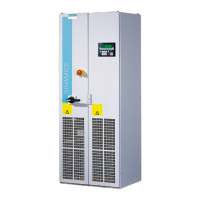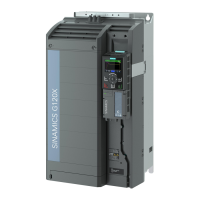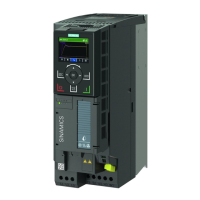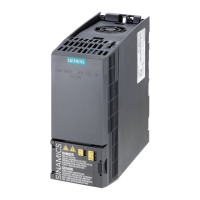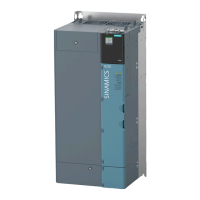DC braking voltages
The line supply voltage available to the converter determines the amount of rectied brake
voltage available for DC braking function. Listed in the following table are examples of the
correlation between the input AC voltage to the available DC voltage for the DC braking function.
Line voltage 380 V AC 400 V AC 440 V AC 480 V AC 500 V AC
Rectied brake volt‐
age
171 V DC 180 V DC 198 V DC 216 V DC 225 V DC
The following formula can be use a guide to the rectied brake voltage that is available from the
line voltage:
Line voltage x 0.45 = Brake coil voltage
For example: 400 V AC x 0.45 = 180 V DC.
8.20.3 Dynamic braking
Overview
Typical applications for dynamic braking require continuous braking and acceleration
operations or frequent changes of the motor direction of rotation:
• Horizontal conveyors
• Vertical and inclined conveyors
• Hoisting gear
Advanced commissioning
8.20 Electrically braking the motor
Distributed converter for SIMOGEAR geared motors
316 Operating Instructions, 10/2020, FW V4.7 SP13, A5E31298649B AL

